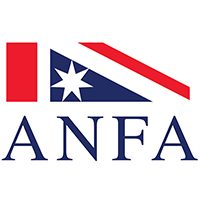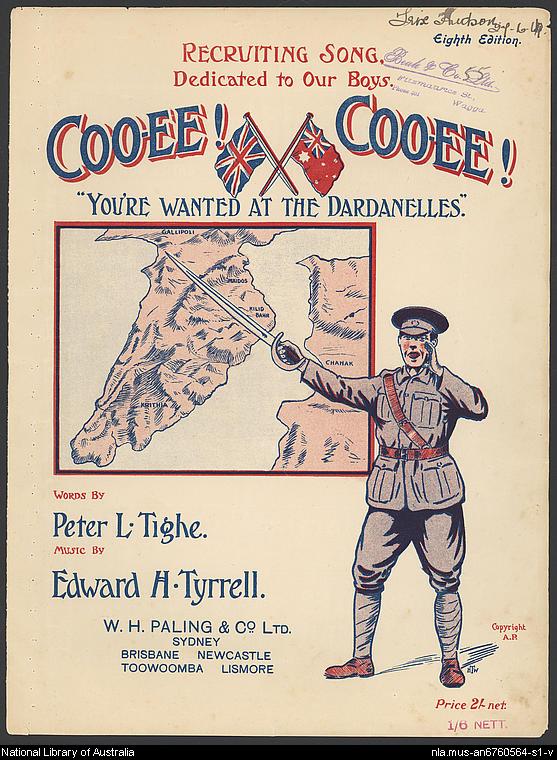See also post: Australian National Flag and Flag Day, 2019, at:
https://www.anfa-national.org.au/australian-national-flag-and-flag-day-2019/
The Red Ensign compared to the Australian National Flag
The Red Ensign is the same as the Australian National Flag (which can be referred to as the Blue Ensign), except with a red instead of a blue background. See the comparison below:
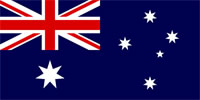
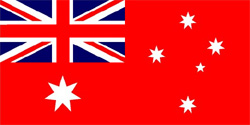
As can be seen, the Union Jack in both flags keeps its own blue background.
This means in black and white photographs of the flag, it is usually possible to tell which ensign the flag is: In the Blue Ensign, the shade of grey will be uniform between the background of the Union Jack and the rest of the flag, whereas in the Red Ensign, the background of the Union Jack will be a darker shade of grey than the rest of the flag.
This is important as most photographs of the first half of the 20th Century, during which the Red Ensign was used widely, are of course in black and white.
Official status of the ensigns
On the 3rd Sep 1901, following Federation, the Australian National Flag (Blue Ensign) became the official national flag of Australia, and has remained so ever since.
At the same time, the Red Ensign became the flag of Merchant Naval Shipping, and has remained so ever since.
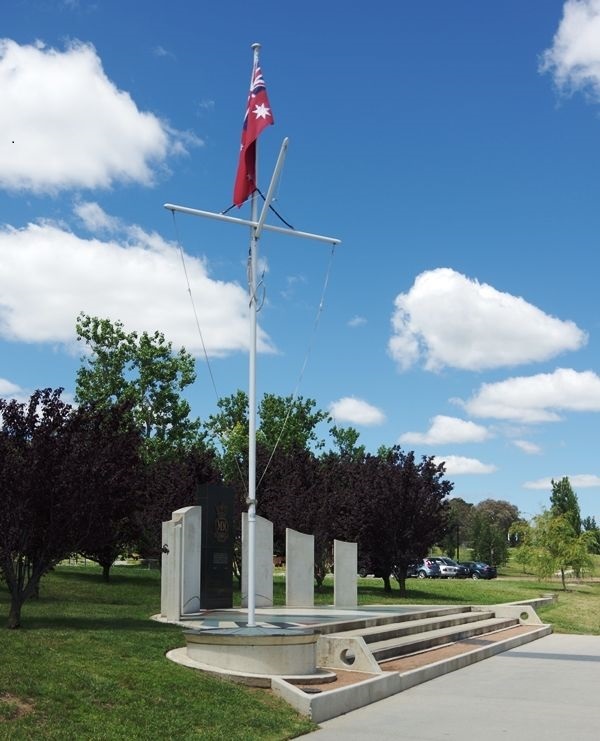
Merchant Navy Memorial in Canberra with the Red Ensign in its official use. (Courtesy: Monument Australia)
Red Ensign – unofficial use

In the first half of the 20th Century, specifically from 1901 to 1953, the Red Ensign was widely used in Australia in unofficial capacities, that is, well beyond its official use in the Merchant Navy.
Unofficial uses of the Red Ensign from 1901 to 1953:
- Manufactured in large numbers by flag makers, well beyond the demand of Merchant Naval Shipping
- Used by various local governments (councils) and other institutions outside Federal and State governments
- Used by many soldiers in World Wars 1 and 2
- Regarded by many in the general public as the flag of Australia
Timeline showing usage of both ensigns in 1st half of the 20th century:
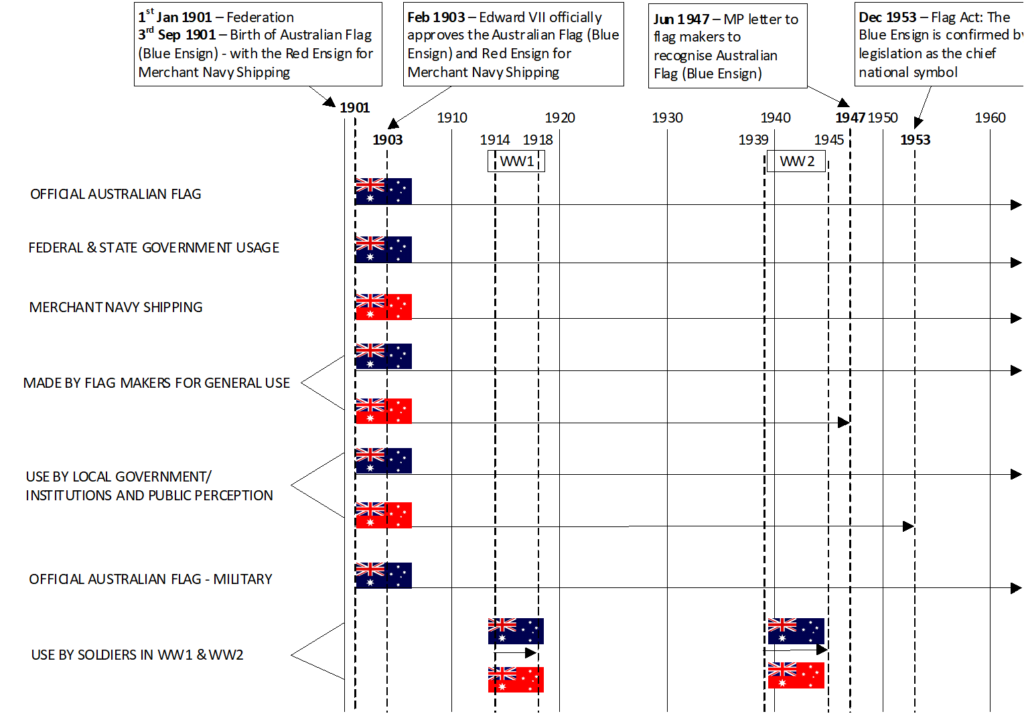
An example of the unofficial use of the Red Ensign in a WW1 Army recruitment poster:
What did Government do to confirm our Australian National Flag?
In 1947, a Member of Parliament, Howard Beale, wrote to flag makers to request they re-direct their manufacture to the Australian National Flag (Blue Ensign) rather than the Red Ensign (except for its proper use in shipping).
In 1953, the Flag Act came into effect: The Blue Ensign was confirmed by legislation as the chief national symbol by law, custom and tradition, and its official title became the “Australian National Flag”.
By and large these actions brought to an end the unofficial use of the Red Ensign, and brought about a common recognition by the general public of the Blue Ensign as the official flag of Australia.
Suggested reasons why the Red Ensign was used so widely in unofficial capacities between 1901 and 1953
Cultural

A combination of (i) Australia’s laissez-faire democracy and (ii) a considerable, but narrowing, gap between the leadership class (who consistently adhered to the official Blue Ensign) and the remainder of Australians (some of whom used the Red Ensign). Hence, while all Australians shared essentially the same flag, differences in perception, as to which ensign was to be used, were able to go largely unchecked.
Not flown like today
The national flag was not flown to the same degree as it is today; so, outside of the leadership, there was less focus on getting it right
Red on the Union Jack
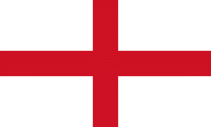
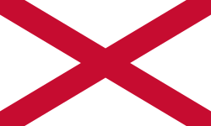
Red was perceived by many as a natural colour to be the background for the flag, as it is the colour of the Crosses of St George and St Patrick respectively (see above), within the Union Jack.
Canadian Flag
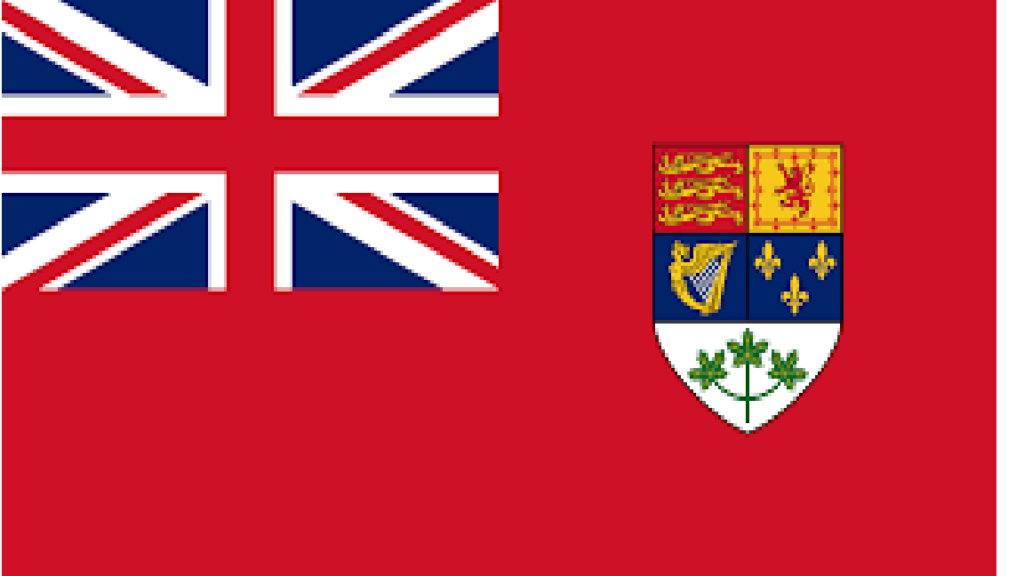 Canada was seen as a senior partner in the Commonwealth – their flag from 1868 to 1965 also had red background (example below was from 1921 to 1957)
Canada was seen as a senior partner in the Commonwealth – their flag from 1868 to 1965 also had red background (example below was from 1921 to 1957)
Association with the British Empire
Red was associated with the British Empire (later superseded by the Commonwealth), e.g. world maps typically showed the countries of the British Empire in red or pink
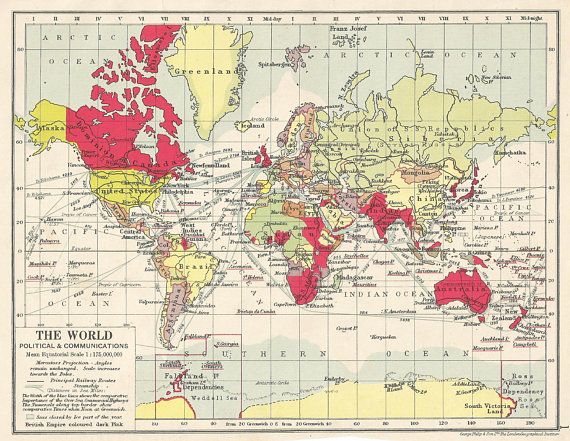
British Empire Map from the 1920’s – countries of the British Empire shown in red
Cycle of supply, precedent and demand
Soon after 1901, certain flag makers started making the Red Ensign for public consumption, which in turn created precedent, demand and further supply, further precedent, and so on.
Local councils and non-government institutions
Many local councils and non-government institutions flew the Red Ensign, giving the general public the false impression of it being official
Merchant ships transporting soldiers
In the World Wars, merchant ships, legitimately carrying the Red Ensign, often took soldiers to war, giving them visibility of, and access to, the Red Ensign.
